
Mercedes-Benz E-Class Estate (2003-2008) engines, drive and performance

There’s a wide choice of four-cylinder turbo diesel engines in the E-Class estate, which suit its relaxed, long distance nature. The E220 CDI is the most frugal and offer decent pulling power but it’s the E270 CDI and E320 CDI models which really stand out. More recent engine additions include an upgraded E220 CDI (from 2006) producing 170bhp, while the E280 CDI and E320 CDI share the same 3.0-litre V6 turbodiesel offering different power outputs.
Both are exceptionally refined while, with more than 220bhp the E320 CDI is a genuine high-performance diesel. The four-cylinder supercharged petrol models offer adequate performance but don’t sell so well used. The 2.6-litre E240 V6 was timid but refined, although the E320 was lively enough and the E500 rapid. In 2006 the E280 petrol model effectively replaced the older E320, while the E350 launched in 2005 is smooth and swift.
The E500 model’s V8 engine grew in capacity for 2006 to 5.5-litres (it used to be 5.0-litres) and brought with it an 82bhp power hike resulting in a high-speed executive express. A smooth-shifting and more frugal seven-speed automatic gearbox became more widely available on new engines in 2005 but six-speed manual gearboxes are best avoided – they are slack and will be shunned on the used market in favour of an automatic.
The E-Class estate is generally a satisfying car to drive, but has more of a comfort bias than its main alternatives, which means body roll is more pronounced than in a BMW 5-Series or an Audi A6. The steering isn’t as precise either but one of the least satisfying aspects is the ‘Sensotronic Brake Control’ – a computerised system with no mechanical linkage to the brakes.
While it is effective, it lacks feel and often requires the driver to vary the pressure on the pedal to stop the car smoothly. From 2006 the E-Class has a different braking set-up which is more effective and has more feedback. It is also possible to choose air suspension as an option with varying levels of damping, or a cheaper sports suspension option with a stiffer set-up than the standard car.


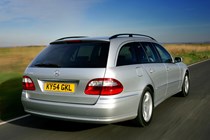
.jpg)
.jpg)

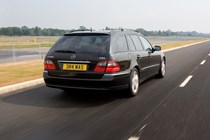
.jpg)
.jpg)
.jpg)
.jpg)
.jpg)
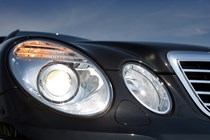
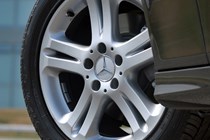
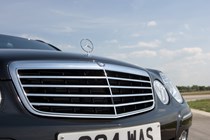

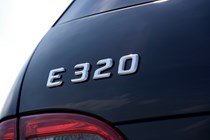
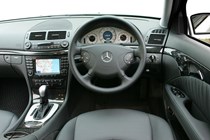
.jpg)
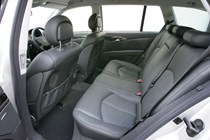
.jpg)
.jpg)
.jpg)
.jpg)
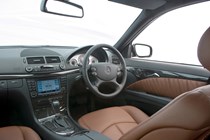
.jpg)
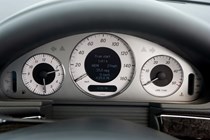
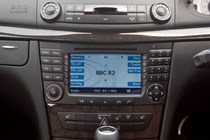
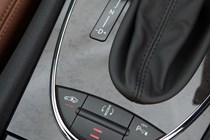
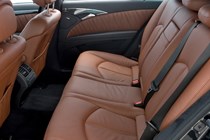
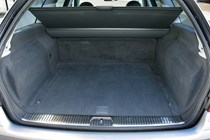
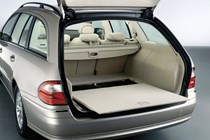
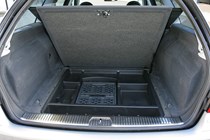
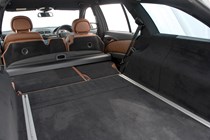
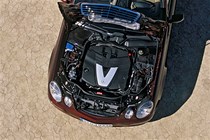
.jpg)
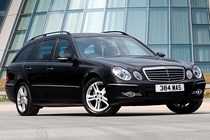
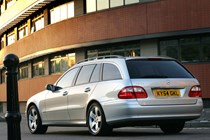
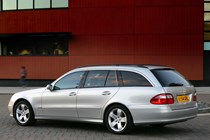
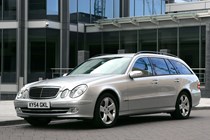
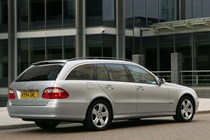
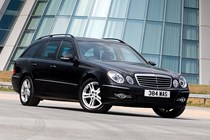
.jpg)
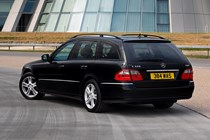






.jpg?quality=50)


.jpg?quality=50)
.jpg?quality=50)


.jpg?quality=50)
.jpg?quality=50)
.jpg?quality=50)
.jpg?quality=50)
.jpg?quality=50)






.jpg?quality=50)

.jpg?quality=50)
.jpg?quality=50)
.jpg?quality=50)
.jpg?quality=50)

.jpg?quality=50)









.jpg?quality=50)